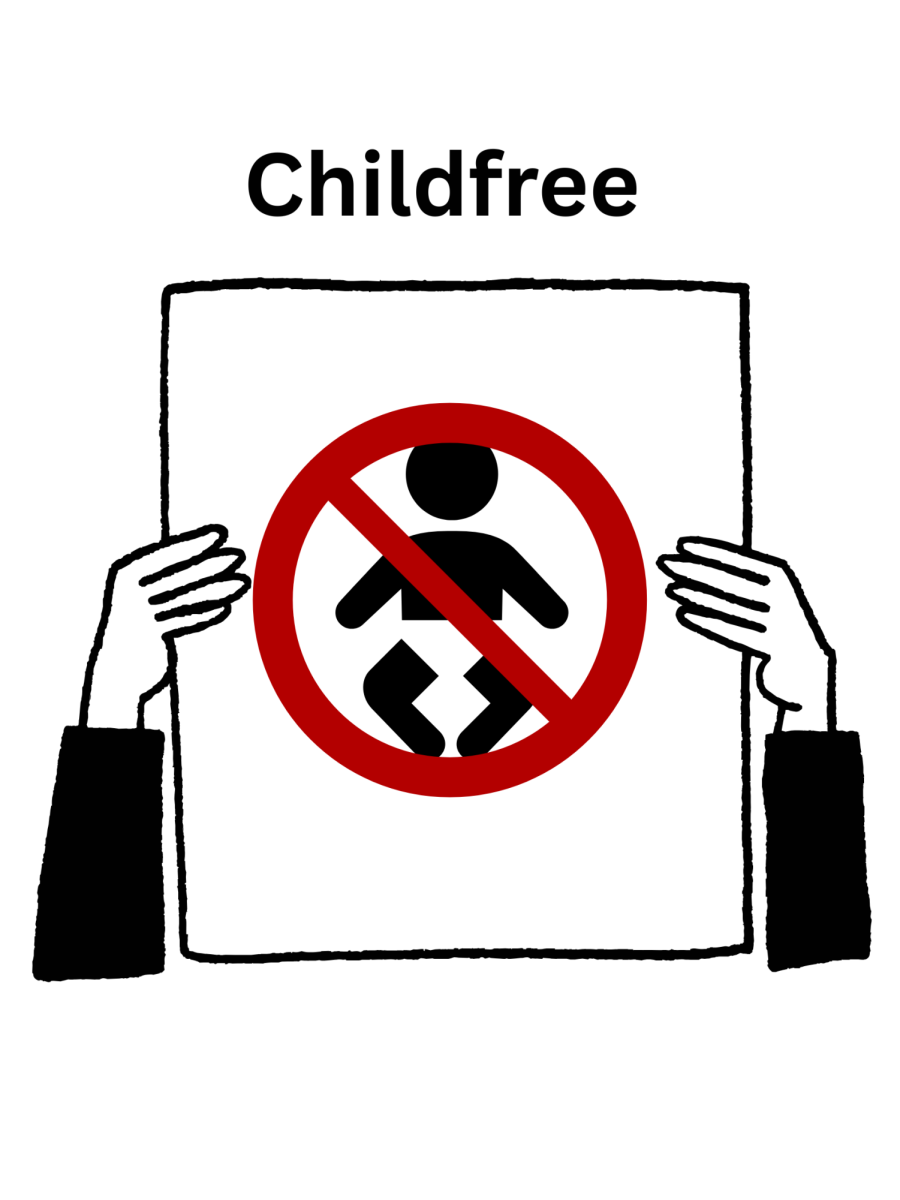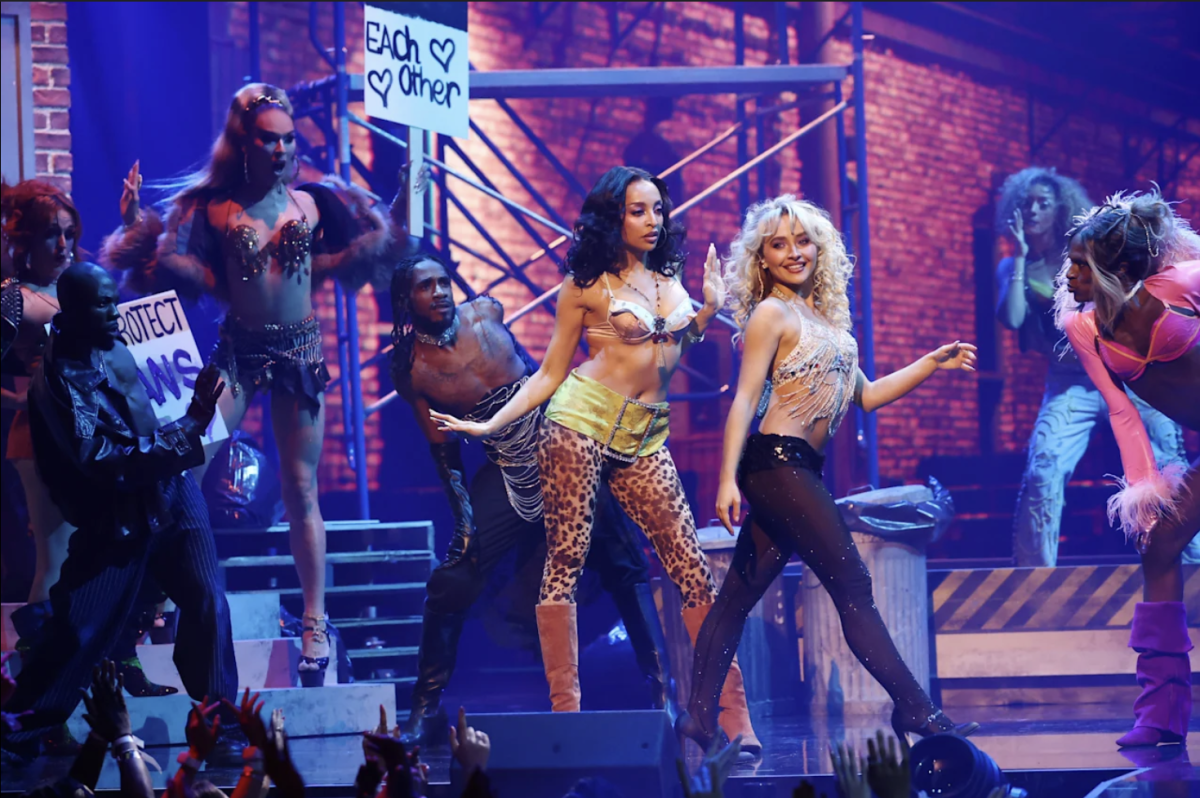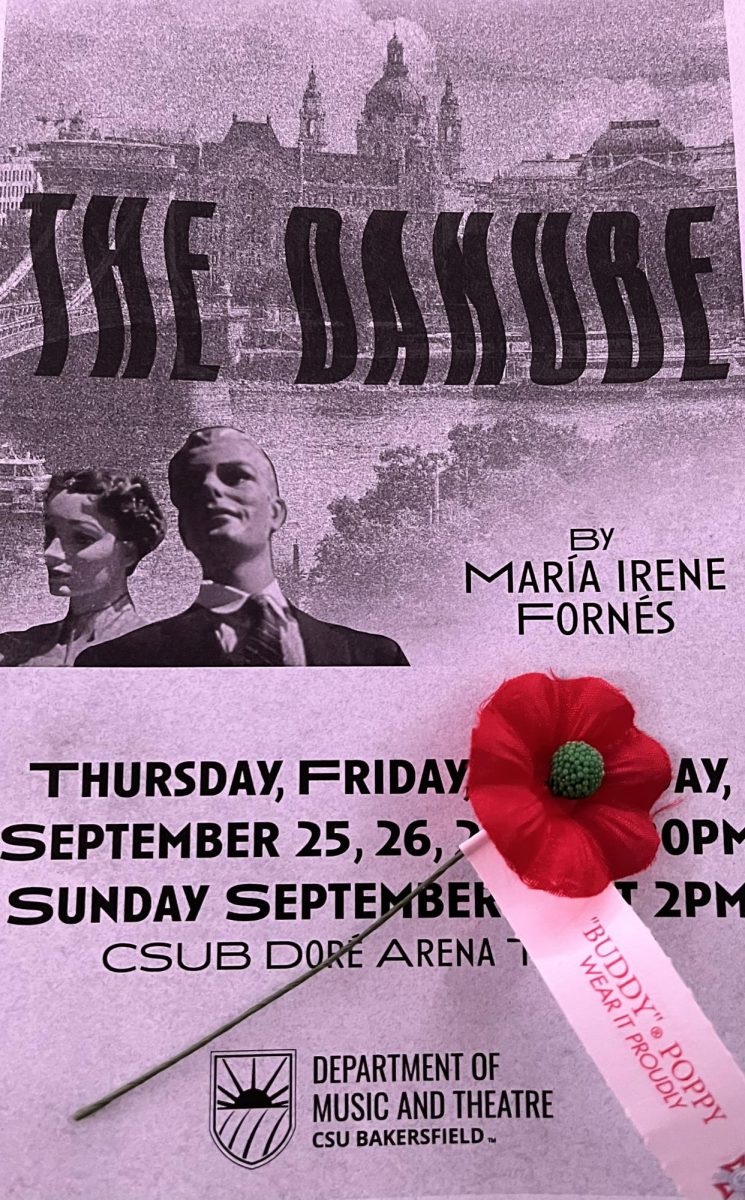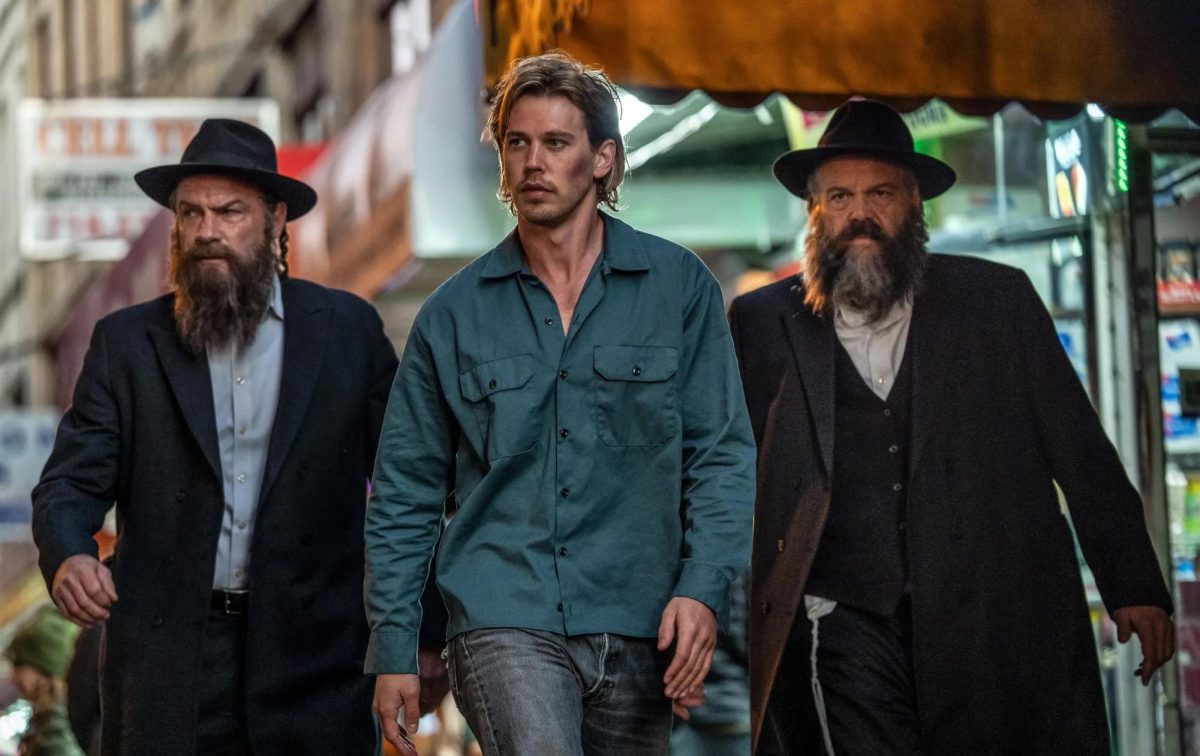Staff Editorial
The Runner Staff
The Runner editorial staff thinks there should be additional security measures taken to prevent such a tragedy from happening again.
In light of the shootings in Las Vegas, Nev. on Oct. 1, 2017 that is now the deadliest mass shooting in modern U.S. history which killed 59 people and injured roughly 500 more, there has been a large public outcry for increased security in hotels.
While adding metal detectors and other security devices at soft targers, such as hotels and resorts, would alter the entire Las Vegas experience drastically, the risk of another attack far outweighs any additional costs that would be necessary.
The 1993 bombing carried out at the Alfred P. Murrah Building by Timothy McVey and Terry Nichols in Oklahoma City showed the vulnerability that high-rise buildings have.
The bombing killed 168 people and injured more than 680 others.
Although some would say that these additions are a knee-jerk reaction and impractical, the price of human lives cannot be measured by cost of security increases.
The attacks on Sept. 11, 2001, changed airport security throughout the world. The actions of the alleged gunman, Stephen Paddock, should create similar modifications to hotel security.
The Transportation Security Administration, or TSA, which was created after the 9/11 attacks, is not the answer. Individual pat downs and strip searches for individuals entering a hotel is not practical.
However, other measures must be taken.
“The answer is to not put hundreds of people in an area where you have hotels or you have other venues that have not been screened or are not secure,” said Manuel Gomez, a former FBI agent who is now president of MG Security Services, according to CNBC. “We learned a very hard way that these open-area events are not safe.”
Gomez added that security professionals would probably reconsider scheduling outdoor events near high-rise buildings.
Bags and luggage should be examined upon check-in.
Also, additional security guards should be on duty to monitor the hallways of these hotels.
There should be at least one per floor or one per every two floors.
Any suspicious behavior should be reported by these security guards to the proper authorities.
It would also be necessary to create a system in which any incidents that are reported be documented.
This measure is necessary to see what kind of tendencies and trends mass shooters follow.
Other security measures that are already in place, such as the 24-hour S.W.A.T. team on stand-by in Las Vegas help eliminate the threat of an attack.
Every hotel in Las Vegas should consult and collaborate with the S.W.A.T. team to implement a safety plan, in the event of a mass shooting, or a bombing.
These plans should be thoroughly studied by employees in order to ensure the safety of the hotel staff and the guests.
Employees’ bags should also be checked upon clocking in to take safety a step further.
Guests should be provided with safety regulations in form of a video or brochures to disseminate as much safety information as possible.
Also, many hotels keep their security policies secret, as attackers could utilize ways to get around procedures that are already known.
Law enforcement agencies learn what to expect and how to adjust their tactics in the wake of such events.
The 1966 shooting at the University of Texas in Austin, Texas, in which Charles Whitman killed 15 people from atop an observation tower, for example, is sometimes credited with leading to the creation of university police departments.








